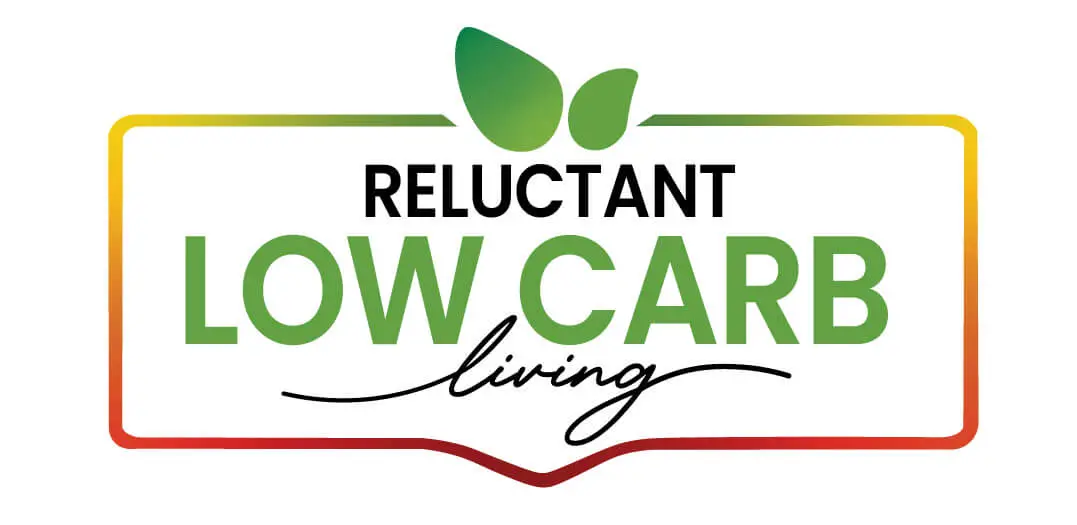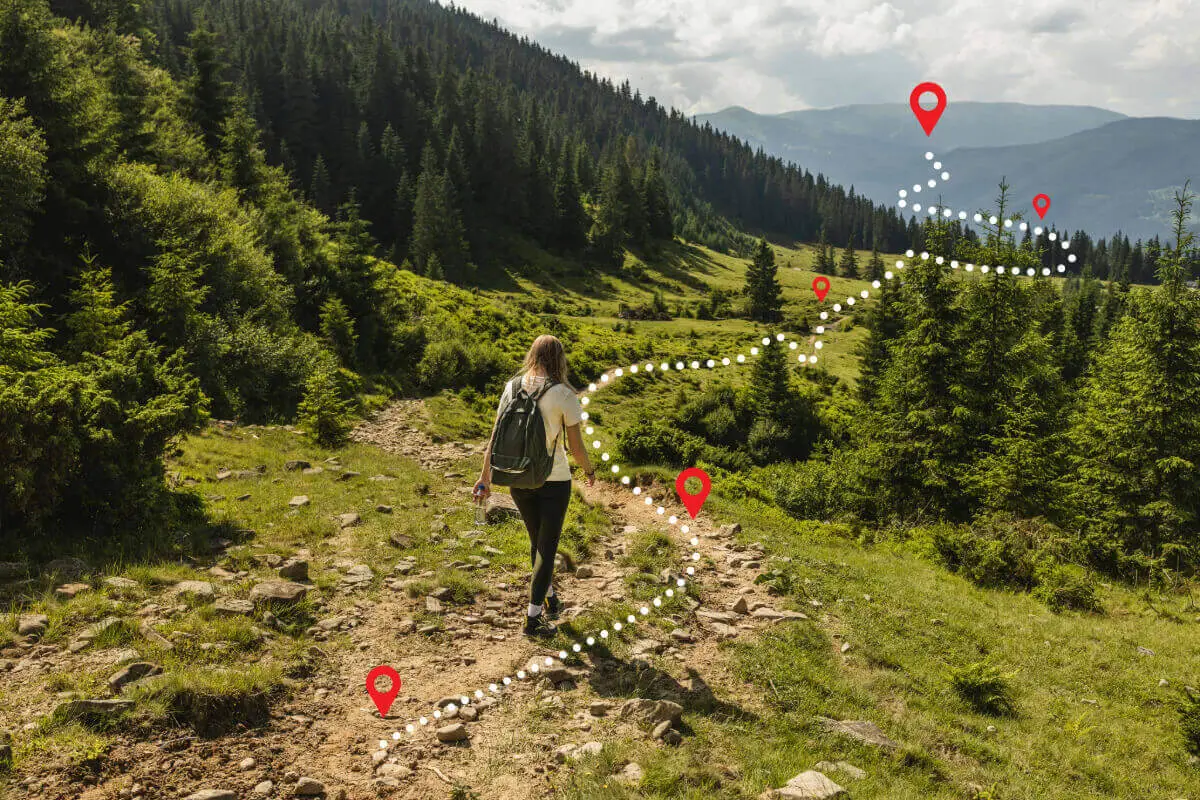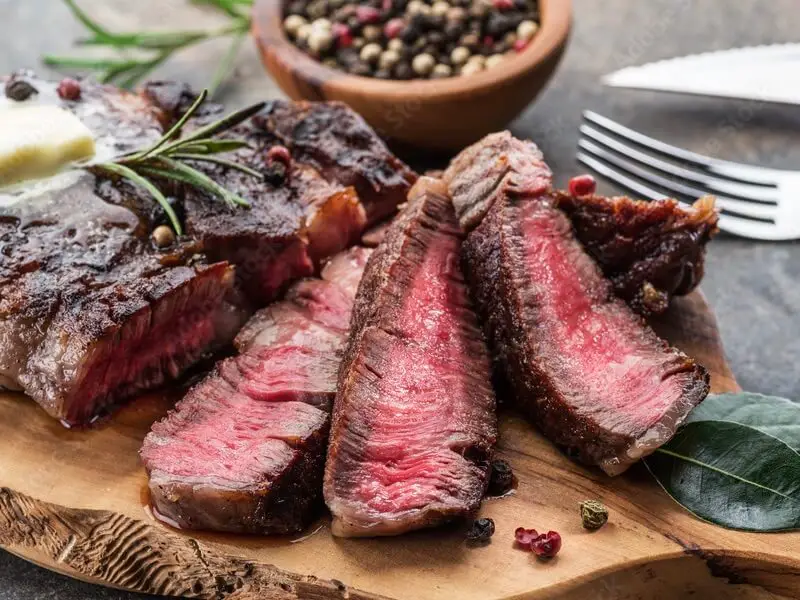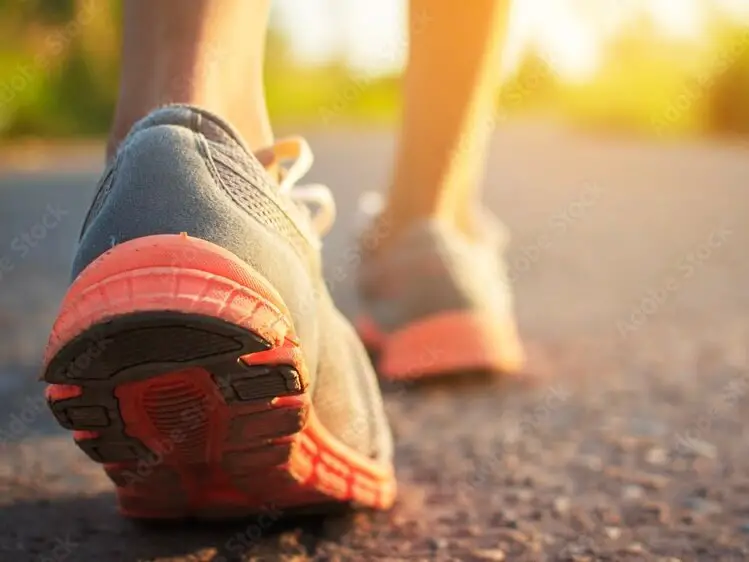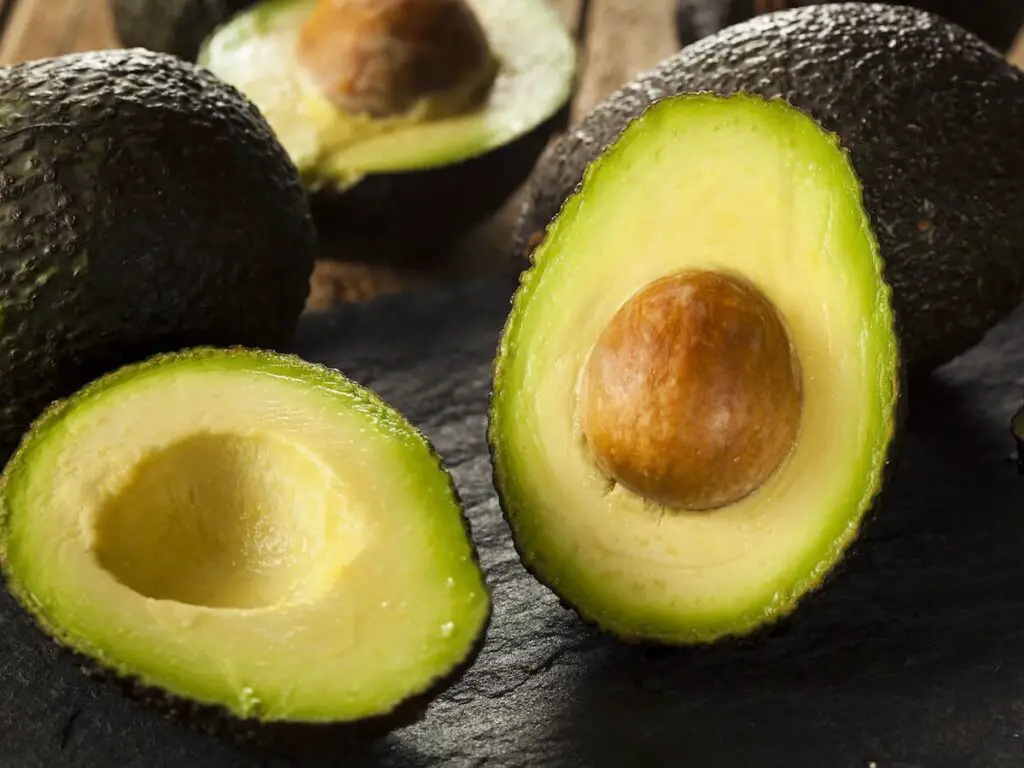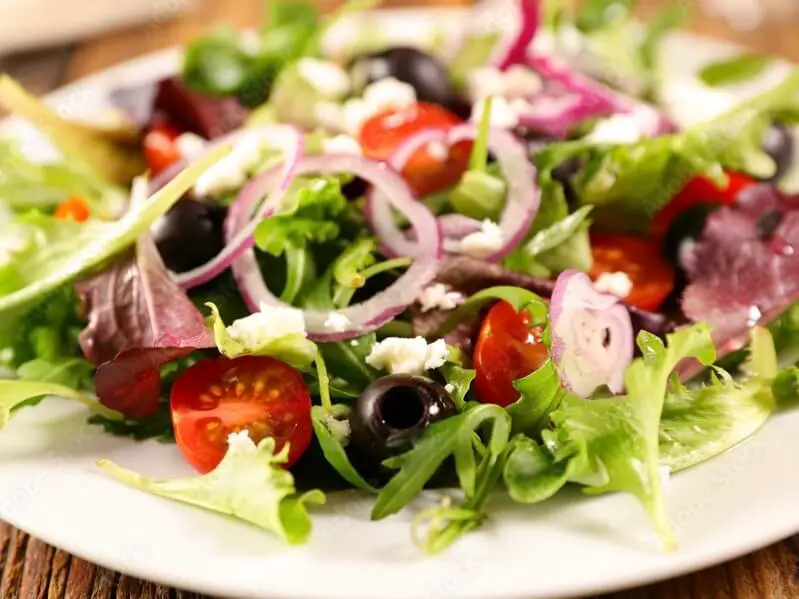A journey of 20 miles on foot is no ordinary feat. It demands a blend of physical endurance, strategic preparation, and a sincere respect for the demands it places on our bodies and minds. Be it through the solitary silence of thick forests or reaching ethereal altitudes on mountain trails, the journey of 20 miles imparts lessons beyond the mere distance covered.
In this discourse, we delve deep into the essence of covering a 20-mile hike, touching upon topics such as understanding distance and endurance, choosing the right gear and attire, establishing adequate nutrition and hydration strategies, preparation and training, and lastly, taking care of post-hike recovery. The aim is not just to equip you to cover the distance but to transform you into a discerning hiker who appreciates the holistic experience such a journey provides.
Table of Contents
- Understanding Distance and Endurance in Hiking
- The Importance of Appropriate Gear and Attire
- Nutrition and Hydration Strategies
- Training and Preparation
- Post-hike Recovery
- Related Question
Understanding Distance and Endurance in Hiking
Decoding the Fitness and Preparation for a Challenging 20-mile Hike
Harnessing a love for the outdoors can be an exhilarating, life-enhancing journey. The location, weather, and trail can be as chic and vibrant as any haute fashion show or as cozy and charming as an artisan coffee shop on a rainy afternoon. One might say that a powerful trend waving through our society today revolves around embracing the natural world, and hiking is a brilliant way to do that.
So, let’s consider a new and exciting challenge – a 20-mile hiking adventure. Whether you’re a seasoned hiker or a beginner, gauging the required level of endurance can initially seem rather daunting. But fret not; we’ve got the insights you need, compiled into a blend of practicality and style that hits right on point.
Endurance, darling, isn’t merely about physical stamina; it’s equally about mental resilience. Much like staying updated with the season’s latest fashion trends, maintaining and enhancing endurance needs consistent effort, regular updates, and a dash of commitment.
Your journey of endurance begins with your heart, quite literally. Cardiovascular fitness is a hallmark sign of endurance. Incorporate cardio exercises like swift walking, jogging, or even trendy Zumba routines in your pre-hike preparation. A good indicator of adequate cardio fitness is conversing during moderate-intensity cardio workouts.
Strength training, another essential endurance component, ensures a sprained ankle won’t spoil those artistic selfies. Your legs and core muscles are the stars here, essentially your body’s version of the quintessential fall boots. Regular squats, lunges, and planks are just a few exercises to strengthen these key areas.
Flexibility, often underestimated, is the subtle yet indispensable bodycon dress of your fitness wardrobe. Regularly incorporating yoga or Pilates routines can help increase flexibility, reduce the chances of muscle strain, and maintain balance while hiking.
Next, staying hydrated and nourished is as critical as pairing the right lip shade with the perfect outfit. Drink plenty of water and maintain a balanced diet rich in protein and complex carbohydrates even weeks before your hike.
Simulation hikes are the dress rehearsals of the outdoor world. Long walks or mini hikes with increasing distances over a few weeks will help you understand your stamina and get a feel of the actual trail.
Lastly, remember, in the world of endurance hiking, there’s no such thing as “one size fits all.” Much like a tailor-made Gucci ensemble, a plan that perfectly fits, one could be an absolute misfit for another. Track your progress, listen to your body, and learn from trial and error, and gradually, you’ll be able to curate your unique endurance plan.
Understated yet significant, endurance is a core pillar for succeeding in a long-distance hike. So whether you’re heading for the hills because nature is your new black or genuinely passionate about scaling heights, armed with these insights, you’re already one step ahead.
So, embrace that 20-mile challenge with the confidence and poise of a lifestyle influencer you are. Embrace the adventure, and as always, make it one to remember.

The Importance of Appropriate Gear and Attire
Gear and Attire: Your Power Investments for Long-Distance Hiking Success
Elevating your cross-country hikes from routine rambles to truly transformative adventures is down to two vital factors: strategic training and savvy gear choice.
And while many novice outdoor enthusiasts believe that fitness alone will power them to their destination, no workout regimen, regardless of its intensity, is complete without the proper gear or attire. Let’s delve into the integral role that proper equipment and clothing play in ensuring a triumphant (and comfortable!) 20-mile hike.
First, footwear takes center stage when considering a hike of such epic proportions. It’s the unsung hero of any successful trek, with hiking boots or trail shoes becoming an extension of your body.
Those who rest on the laurels of their physical training may discover, to their dismay, the painful repercussions of inappropriate footwear. Selecting boots or shoes that provide ample ankle support, effective moisture management, and rugged terrain traction is an absolute non-negotiable. Keep it classic with tried-and-true brands, or make a style statement with fresh, fashion-forward options.
Equally important as your sole mate (pun intended) is your backpack. The suitable pack keeps your essentials in check while sitting snugly on your shoulders. Its capacity, durability, and compartments should all be considered before purchasing.
A pack with a waterproof cover and hydration system compatibility is also a wise investment. Remember, the goal is to streamline your trial experience, not weigh it down.
Next, we turn to clothing. Now, style moguls, don’t fret! Hitting the trail doesn’t mean you have to surrender your fashion finesse. These days, activewear is teeming with aesthetically pleasing, functional, and chic pieces. Just remember, dressing in layers is critical for managing changing weather conditions.
Fabrics that wick sweat away from the body will maintain your body temperature and prevent chills that could lead to hypothermia. A sturdy, waterproof, and wind-resistant shell is always imperative for unexpected weather changes. Moreover, don’t neglect the power of well-cushioned socks to provide comfort and prevent blisters.
While hiking apparel can showcase your innate fashion sensibility, let’s emphasize this – it’s about function before form. Cap off your ensemble with a wide-brimmed hat for sun protection and UV-blocking sunglasses, and don’t forget the all-important sunscreen. And remember, there’s no shame in investing in high-quality attire that will keep you safe and comfortable, all while boosting that oh-so-important trail cred.
Finally, no hike is complete without a handful of equipment essentials. Tools like a compass, map, multi-tool knife, first-aid kit, headlamp, and lightweight tent can be game-changers when navigating a 20-mile hike. And let’s not forget about trek poles for added support or gaiters to keep debris out of your boots.
When it comes right down to it, a successful 20-mile hike blends competent physical preparedness alongside thoughtful, fashion-conscious gear selections. Armed with the right tools and apparel, you’re not just hitting the trail but luxuriously gliding through it in style and with ease. Happy trails, everyone!
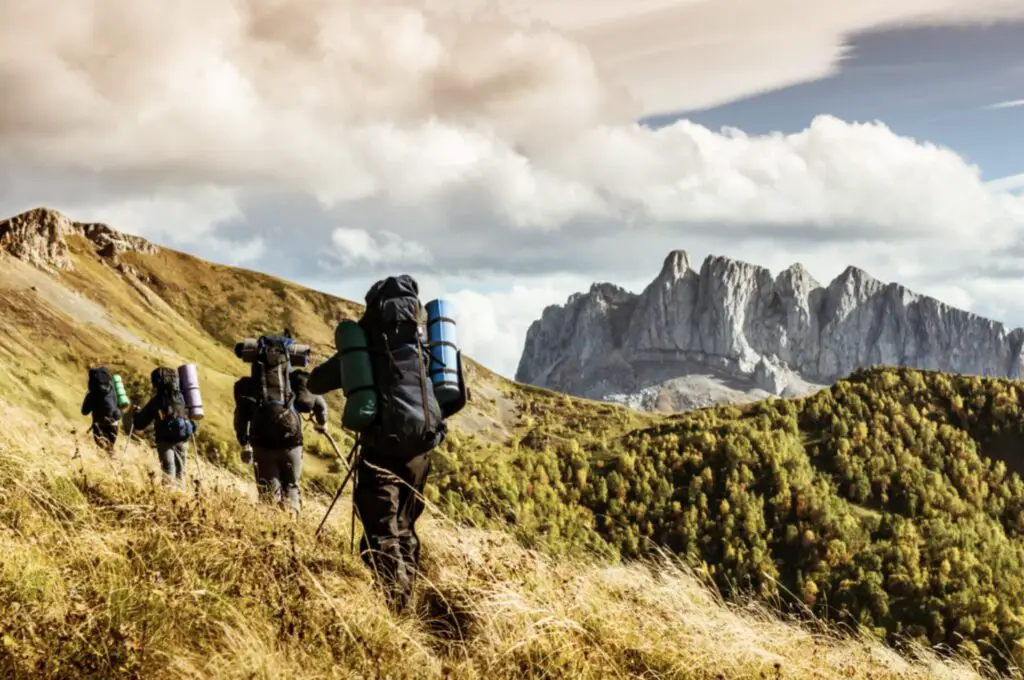
Nutrition and Hydration Strategies
On the trail to the peak, there is a mantra often whispered among hikers: fail to prepare, prepare to fail. This applies in every sphere of the venture, from fitness to equipment. But it rings especially true regarding nutrition and hydration needed for a 20-mile hike. It’s not merely about packing a few granola bars.
This is about fuelling your body with the proper nutrients and water to power through every muscle-clenching, heart-pumping step toward that breathtaking summit.
When it comes to nutrition, looking at the bigger picture is necessary. Think of your body as a high-performance vehicle; it thrives only when given the ultimate combination of fuel. This means a mix of proteins, carbs, and fats for hikers.
Proteins are responsible for the repair and building of muscle tissue. Leaning towards sources like beans, nuts, seeds, lean meats, whole grains, and soy products will do the trick.
Carbohydrates are the body’s primary energy store, propelling every trekking step up those grueling inclines. The primary focus should be complex carbs in whole grains, fruits, and vegetables. And let’s not forget fats. A good source like nuts, seeds, olive oil, or avocados ensures long-lasting energy in the most intense stretches of the trail.
The central question is, when do you ingest these? A good plan is to consume a well-rounded meal about three hours pre-hike. Fuel every two hours during the hike with protein-packed, carb-dense snacks. This helps maintain energy levels while simultaneously repairing any tissue damage.
Now, let’s dive into hydration. It’s no secret water is life – especially on trying trails. Dehydration during a hike can trigger fatigue, affect your body’s ability to regulate its temperature, and even impair performance, which is the last thing you desire mid-hike. Aim to consume at least half a gallon of water the day before your hike. Keep up this hydration level throughout the hike, taking prescription-sized sips regularly.
Hikers often wonder about sports drinks – are they necessary? On a 20-mile hike, your body will likely drain its electrolytes, which help transmit nerve impulses in your muscles. Consider integrating a sports drink or electrolyte-enhancing tablets to replenish your stores and offset any potential imbalance.
But remember, not all hydration sources are created equal. Stay clear of juices with high sugar content or carbonated drinks – they might offer a fizz, but they certainly don’t provide the hydration boost your body needs mid-hike. Alcohol or caffeine? It’s best to keep these at bay during the hike – they’re dehydrating agents waiting to throw your body into a balmy spin.
So there you have it—the nuts and bolts of solid nutrition and hydration for a 20-mile hike. Remember, being trail-ready is more than merely physical fitness and gear. It’s that magic mix of proteins, carbs, and fats splashed with the golden elixir of life – water. Pack well, trek smart, and let your curated lifestyle shine bright, even on the hiking trail. Happy trails!

Training and Preparation
Your approach towards mental preparation is unquestionably vital in making that 20-mile hike a mission possible. In fostering a rigorous mindset, remember it’s a marathon, not a sprint.
Focusing on overall distance rather than instantaneous speed will allow you to maintain resilience for the long haul. Embrace the rhythm of your strides, connecting each step with your breath, which permits a meditative state. A mindful hike, after all, ensures you savor every moment and capture every magnificent view nature offers.
Equally as important, knowing trail etiquette ensures a serene experience for you and fellow nature enthusiasts. This non-negotiable, unwritten set of rules spans from realistic details, like maintaining a clean trail, to respecting the unspoiled environment, wildlife, and other hikers. Simultaneously, it speaks volumes about the persona of a seasoned, responsible hiker.
Becoming well-versed with trail signs and markers is a requisite to successfully navigating the ins and outs of an intense 20-mile hike. This skill, which includes identifying colored blazes on trees and the direction they imply, can determine the difference between a seamless hike and an unnecessary detour.
It is worth noting acclimation to varied weather conditions is an overlooked aspect of training for a hike. Heat, humidity, low temperature, and windy conditions – being prepared for these uncertainties can significantly impact your hiking experience. Have you ever heard of fair-weather hikers? Well, that’s so last decade. A slight drizzle or summer heat wave should never dampen your hiking spirit.
While we’re on this, let’s talk about coping with altitude. Altitude sickness could be a hurdle if your trail soars to great heights. Let your body adjust to the change in atmospheric pressure by ascending gradually – a tactic known as acclimatization. Trust us when we say the only high you need on the trail is an adrenaline rush!
Last but in no way least, understanding Leave No Trace Principles is an invaluable lesson for every hiker. Being a visitor in nature’s splendid setting, the objective is to preserve what we came to enjoy. This includes proper waste disposal, respecting wildlife, and leaving what you find. Following these principles, we can enjoy Mother Nature’s bounty today and leave it unspoiled for future generations.
The secret sauce to a grand 20-mile hike lies in the perfect blend of physical endurance, the right gear, and a respectful, informed mental approach. When these elements harmonize, you create more than just a memorable hike, a lifestyle rooted deep in appreciating our beautiful, boundless outdoors.
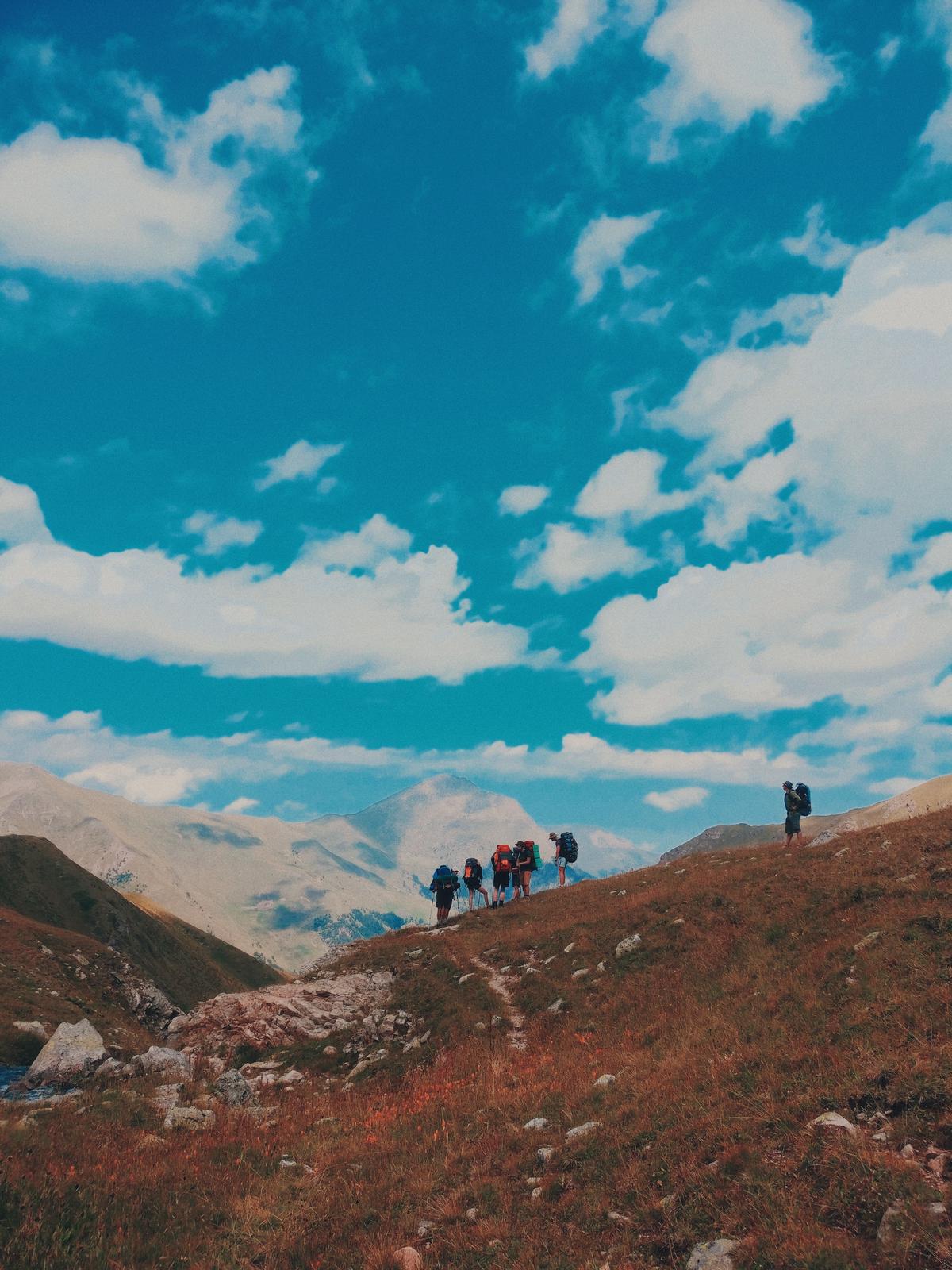
Post-hike Recovery
Everything about preparation and execution is excellent, but what about after the hike? The post-hike behaviors and activities significantly affect your physical state and, more importantly, how quickly you bounce back and prepare for your next adventure. Let’s delve into post-hike recovery following a 20-mile trek in a stylish, practical, and Instagram-ready way.
First, don’t just plop down in your car and drive home. Shape up a ‘cool down’ routine; this is as crucial as your pre-hike warm-up. It helps your heart rate and breathing normalize and eases the muscles from a high-activity state.
A few light stretches can go a long way. Their purpose isn’t to increase flexibility after the hike but to signal your body that it’s time for rest and recovery.
With the advent of ‘bath-leisure’ trends storming social feeds, recovery becomes just as chic as hitting the trails. Treat those hard-working muscles with a warm bath, or better yet, an Epsom salt bath. The magnesium sulfate in the Epsom salts eases inflammation and soothes muscles. Yes, it’s old school, but it’s a classic for a reason.
Embrace the power of foam rollers in the modern recovery arsenal. This trendy and compact tool assists in breaking up the lactic acid and speeds up the recovery process. Start with a softer foam roller, gradually escalating towards a denser one. Flourish those smooth rolls in your feed, showcasing your modern recovery approach and perfect post-hike content!
Like the hike, your post-hike meal is a compelling balance of planning and spontaneity. Proteins are a quintessential building block for repairing muscles. Grab that protein shake or enjoy a leisurely meal rich in lean proteins. Add some good fats like avocados, nuts, and seeds. They not only stoke up that deliciousness factor but also reduce inflammation. Now, isn’t that a picture-worthy meal right there?
Don’t forget that hydration saga, even after the hike. Water is our best friend, but recovery calls for a more potent concoction. No, not a Michelada, though that sounds heavenly, but something like cherry juice.
Its anti-inflammatory properties would be your body’s much-appreciated gentle nudge towards recovery. Toss in a cutesy paper straw and a vibrant umbrella, and you’ve got yourself a picture ready for the ‘gram!
Let’s pause and acknowledge that recovery does not equate to laying motionless like a log. Active recovery can significantly reduce muscle soreness and stiffness. How about a gentle yoga class or a long walk around your favorite parts of the city? Show off that athleisure outfit and flash your satisfied post-hike glow.
As with high-energy hiking fashion, sleep, although a less documented part, is supercritical and deserves an equal share of the limelight. A good night’s sleep will help your muscles repair, relieve your mental exhaustion, and merge the new trial skills learned.
The key is to unwind; maybe a relaxing playlist or a non-stimulating book can appear in your nightly routine. Turn off electronic devices, draw those fancy blackout curtains, and honor the wonders of sleep.
So, there you have it, a path to post-hike recovery, elevated from the mundane to the exquisite, showcasing your style. Always remember to listen to your body and honor its pace.
Show your followers that a trailblazer, much like a diamond, needs pressure and rest to shine. And don’t forget, sharing your highs and lows adventure is about inspiring others while resonating with authenticity.
A 20-mile hike is a remarkable journey that demands thorough preparation and conscientious recovery.
By recognizing and respecting its unique challenges, we can emerge as more vital, more empathetic individuals – with a new appreciation for our mental fortitude, physical capacities, and the breathtaking beauty of nature.
Equipped with the proper knowledge of hiking gear, nourishment tips, training strategies, and post-hike resurrection, nothing can keep you from enjoying every step of your 20-mile hiking journey. While the path may be arduous, the accomplishments are both physically and mentally rewarding, enriching our being in ways only an experience this profound can.
At Reluctant Low Carb Life, we are staunch advocates of the Health Trifecta: Fullness, Fitness, and Freshness. Additionally, we embrace the pillars of health, wellness, and graceful aging. Our mission is to provide honest and precise information to individuals dedicated to adopting a healthy lifestyle while enhancing their fitness and well-being.
We have a free monthly newsletter that is filled with information and helps you remain updated. Subscribe to the Reluctant Low Carb Life newsletter by clicking here.
Listen to our weekly podcast, Reluctant Low Carb Life, on all the major podcast platforms by clicking here.
Follow us on Instagram and Facebook by clicking here.
Related Question
The Miracle Of Weight Loss Explored
The miracle of weight loss is that we can all lose weight, and when we do, many times, our bodies will start to self-correct themselves. On average, a person will gain 2 pounds per year. Over the years, the pounds will begin to pile on. The miracle of weight loss is that we can get our act together in a short time; we can lose all the weight we have gained over the years.
You can read more about The Miracle Of Weight Loss Explored by clicking here.
How Long Does It Take To Lose 50 Pounds With A Keto Diet?
When many people start a new diet, they want to know how long it will take them to lose weight. We have all done this where we will try to calculate how many weeks it will take us to lose a certain amount of weight.
You can read more about How Long Does It Take To Lose 50 Pounds With A Keto Diet? by clicking here.
More Effective Weight Loss: Keto Or Calorie Deficit?
When trying to lose weight, people want to know if the low carb and the keto diet is more effective in losing weight and not than just a calorie deficit diet. Both these diets have their plus and minuses in helping us decide which diet to follow.
You can read more about More Effective Weight Loss: Keto Or Calorie Deficit? by clicking here.
